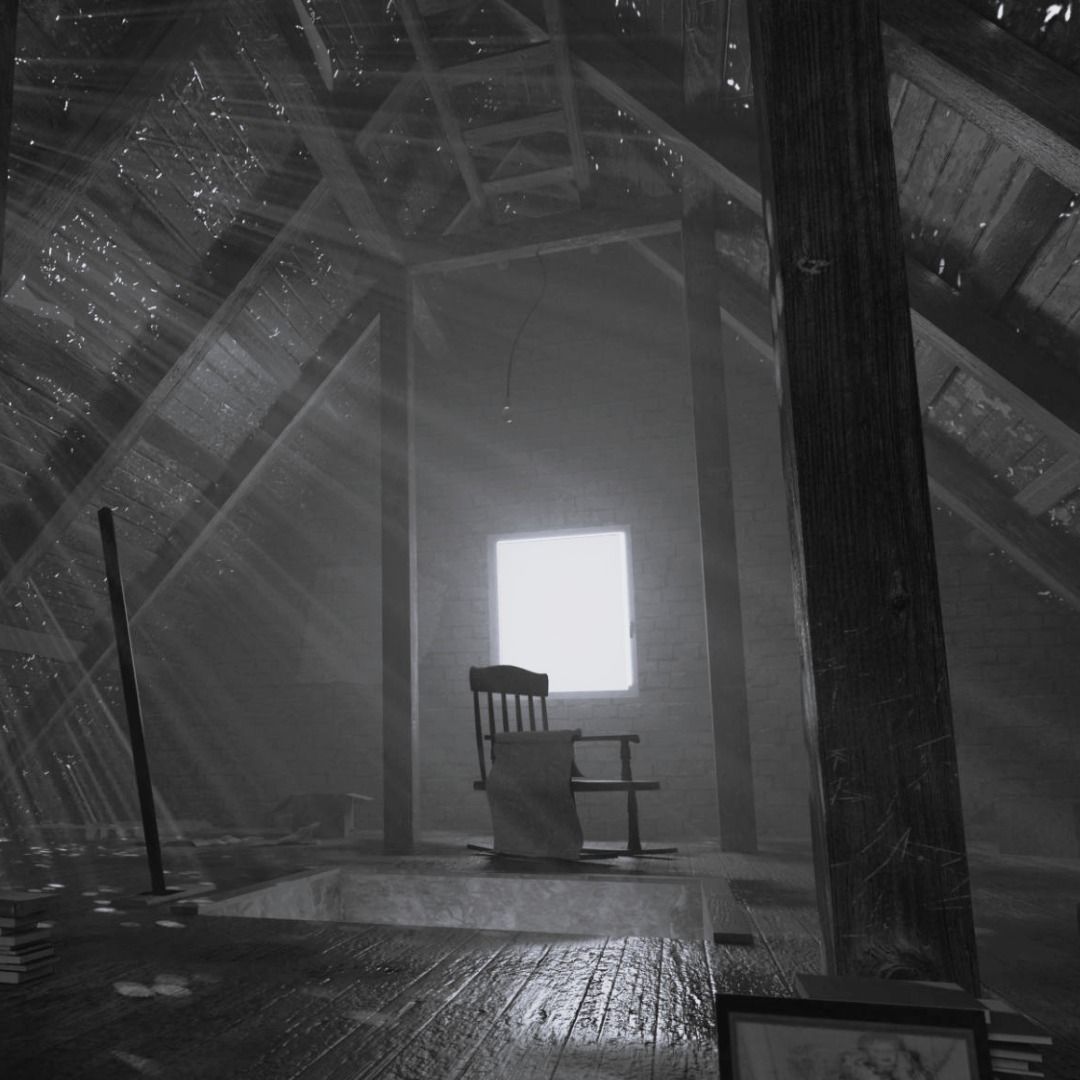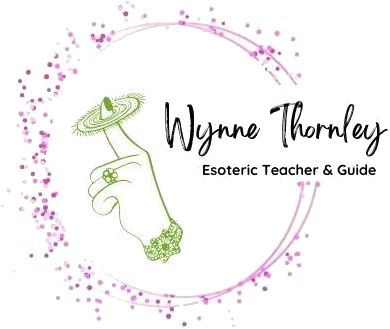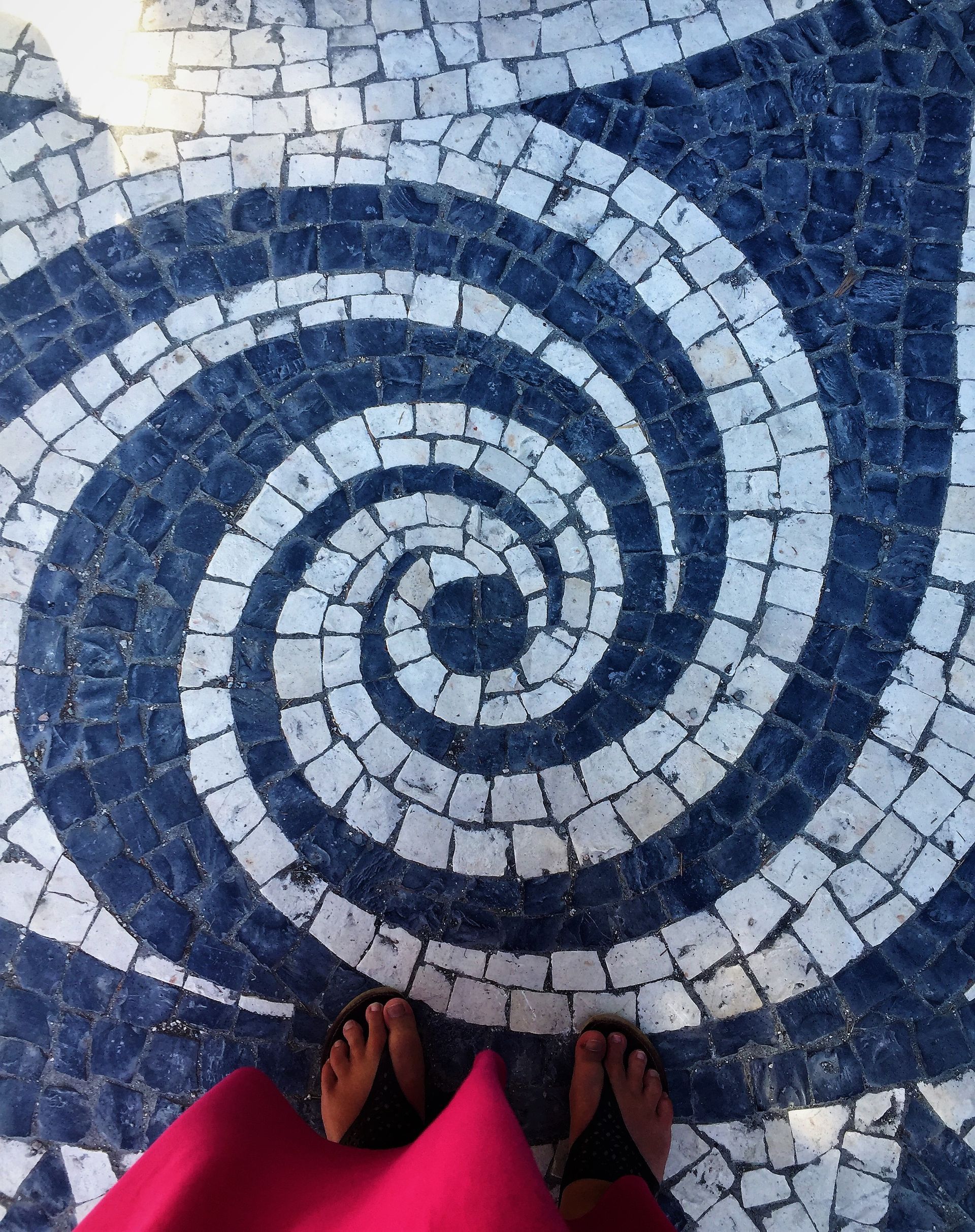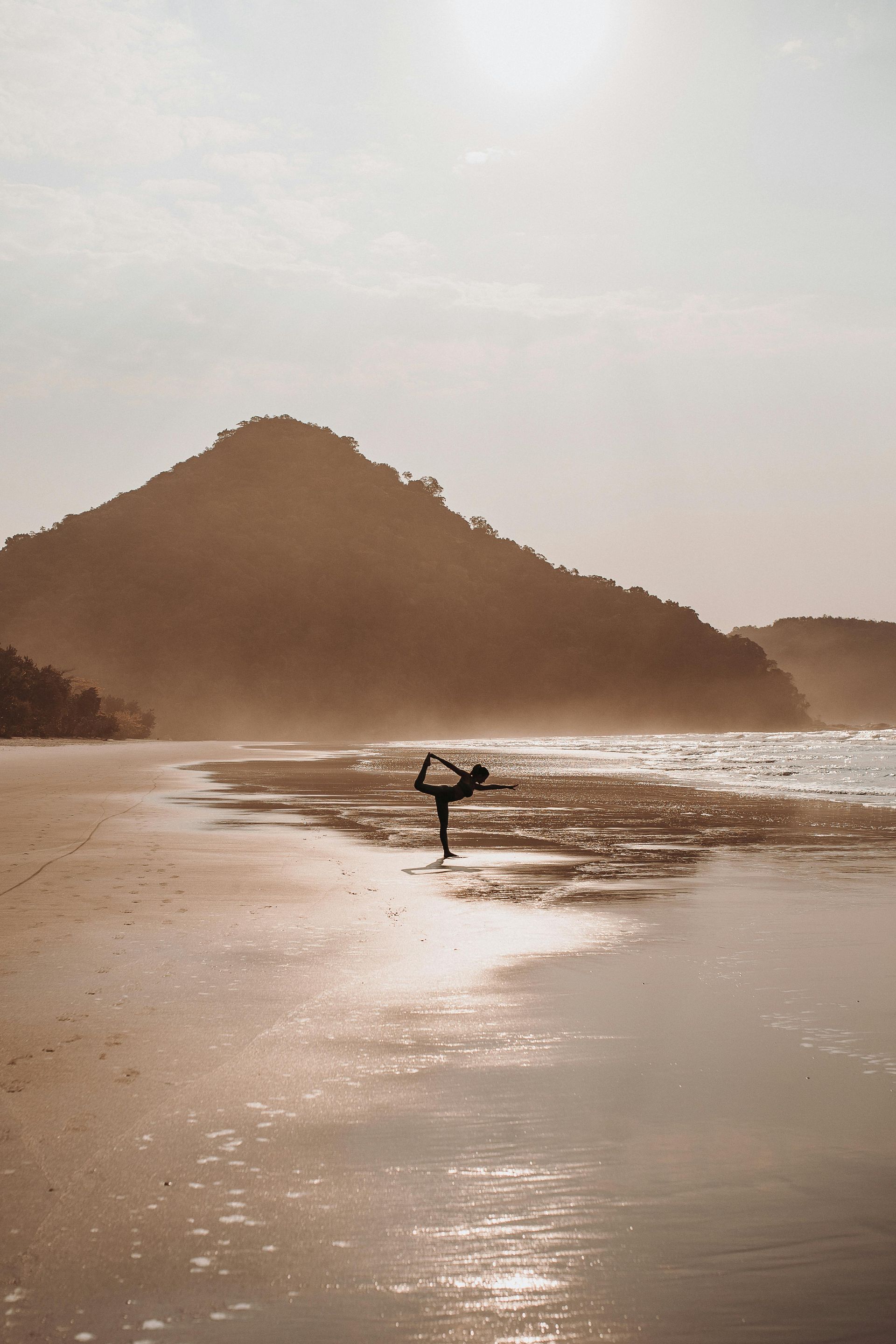Demystifying Haunted Places; A Modern Perspective on Energy Work
A little bit of my perspective on how I begin to understanding haunted places.

Hauntings have captivated human curiosity for centuries. Whether you're drawn to the thrill of ghost hunting, fascinated by paranormal tales, or deeply engaged in energy work, understanding haunted places requires more than just night-vision cameras and EVP recordings. Today, modern perspectives on energy work are changing the field—bringing ethics, awareness, and a more comprehensive approach to understanding what truly happens in these seemingly supernatural spaces.
In my practice, I consider three key angles when evaluating hauntings: the energy of the land, the history of the building, and the belief system of the client. Together, these factors create the energetic imprint of a place, shaping experiences for those who live within or visit them.
1. The Energy of the Land
Every location carries an energetic signature, influenced by geophysical phenomena, geological formations, and its place within the earth’s energetic grid. One commonly discussed concept in energy work is ley lines (1 ), believed to be invisible pathways of concentrated energy crisscrossing the globe. Some suggest that where ley lines intersect, vortex points emerge (2,3)—areas of heightened energy flow that influence landscapes, architecture, and human experiences.
Though ley lines remain scientifically unverified, their cultural significance continues to shape interpretations of paranormal activity. Vortex points, categorized as uploading (positive) or downloading (heavy and oppressive), are thought to contribute to the energetic dynamics of a space. Sites like Sedona, Machu Picchu, and Stonehenge (3) are often linked to these vortex points, attracting visitors seeking inspiration, healing, or inexplicable phenomena. Ley lines and vortex are just two of a few more earth energies to consider when diagnosing a energetic hot spot.
Similarly, locations built upon energetically charged land—such as churches, prisons, and pioneer settlements—may carry emotional and historical imprints. The land itself serves as an energetic foundation, either amplifying harmony or sustaining turbulence within the buildings upon it.
2. The History of the Building
Buildings act as containers for human experiences, absorbing and reflecting the energies of past events. Prosperous eras may cultivate vibrancy, while prolonged suffering or tragedy may result in residual disturbances. The cycles of prosperity and despair often leave energetic imprints that influence perceptions of hauntings.
Take, for example, The Whaley House in Old Town San Diego (4). Built on land that once held gallows, the home became a vital hub—housing a family, a general store, a courthouse, and a public theater. Yet, over time, despair overtook its occupants, leading to its decline. Today, as a museum, it draws visitors, perpetuating an energetic cycle that blends historic tragedy with modern fascination.
Even when historical accounts become exaggerated—like the fabricated ghost story surrounding the Amityville Haunting (5,6)—the sheer power of collective belief sustains paranormal narratives. Tales passed down through generations reinforce energetic imprints, sometimes to the point where places feel haunted even without direct supernatural activity.
3. The Belief System of the Client
Arguably the most subjective component of hauntings is the influence of personal belief. Cultural traditions, religious perspectives, and personal experiences shape how individuals interpret supernatural phenomena. A heightened sensitivity to energy may create strong paranormal experiences, while skepticism may downplay or reinterpret strange occurrences.
For private house clearings, understanding the psychological and environmental influences at play is crucial. For example, homes saturated with electromagnetic frequencies (EMF) can cause unease or anxiety in sensitive individuals (7,8). An electrical panel in a dim hallway might evoke a subconscious association with fear, mirroring the eerie atmosphere of horror films and ghost stories.
Educating clients on such environmental factors allows them to engage with their experience in a more balanced way. Ethical energy workers and paranormal investigators should strive to differentiate between external energy influences, psychological projections, and genuine spiritual phenomena—bringing clarity rather than feeding fear.
To close this overview down for now:
The field of paranormal investigation and energy work is evolving beyond traditional ghost-hunting methods. By considering the energy of the land, the history of the building, and the belief system of the client, we can move beyond outdated notions of hauntings as malevolent forces. Instead, we step into a deeper understanding—one that fosters harmony between human consciousness and the places we inhabit.
It’s time to explore hauntings with an open mind, blending modern awareness with ancient wisdom, and uncovering new perspectives on the unseen world.
Cited Articles and Resources:
1) https://www.livescience.com/41349-ley-lines.html?form=MG0AV3
2) https://www.bemytravelmuse.com/energy-vortexes-around-the-world/?form=MG0AV3
4) https://www.whaleyhousesandiego.com/?form=MG0AV3
5) https://decodedpast.com/the-amityville-horror-a-scam-debunked/?form=MG0AV3
6) https://history.howstuffworks.com/history-vs-myth/amityville-horror-house.htm?form=MG0AV3
7) https://www.webmd.com/a-to-z-guides/electromagnetic-hypersensitivity?form=MG0AV3
8) https://higherdose.com/en-ca/blogs/the-high-life-blog/12-common-symptoms-of-emf-sensitivity-you-need-to-know?form=MG0AV3










